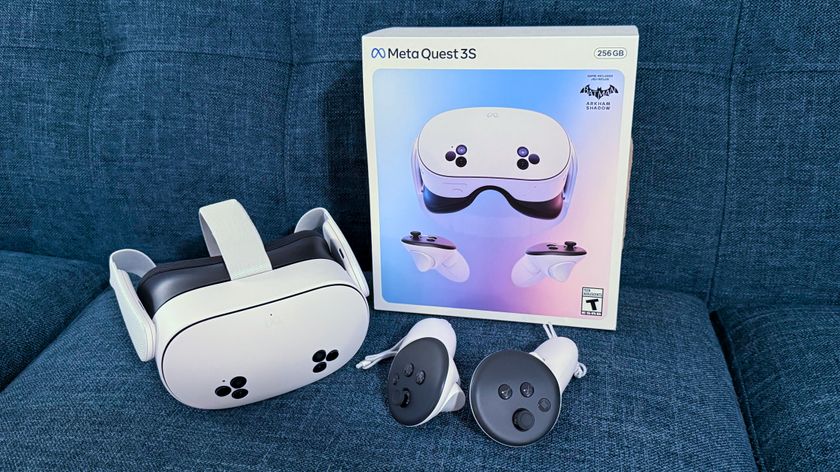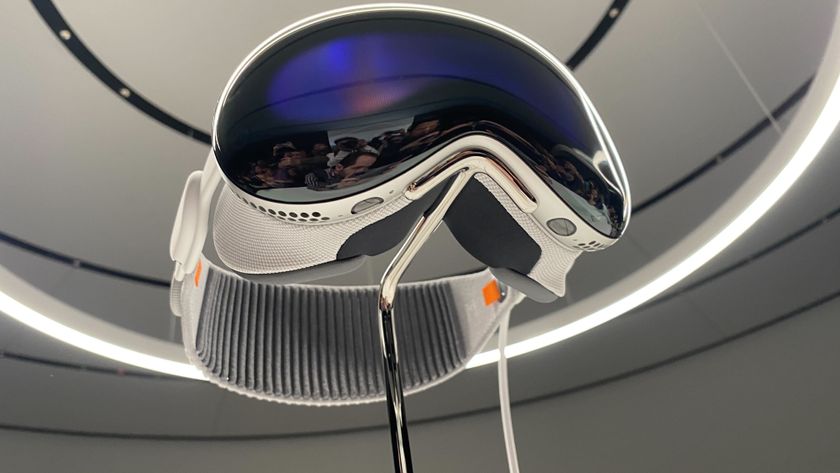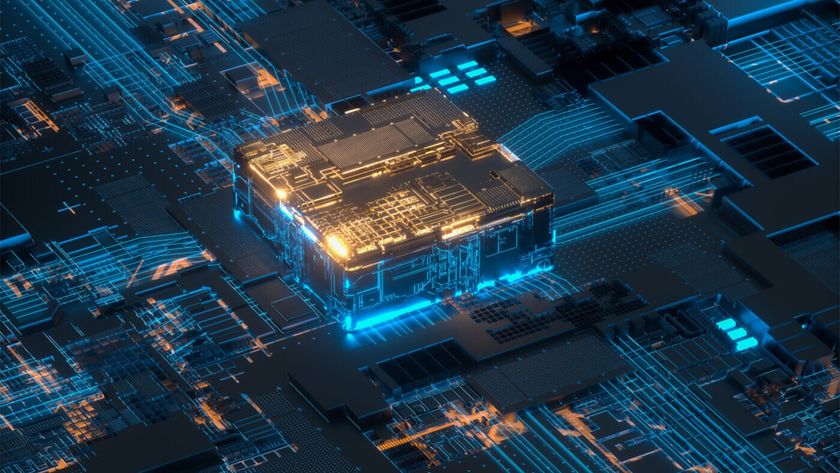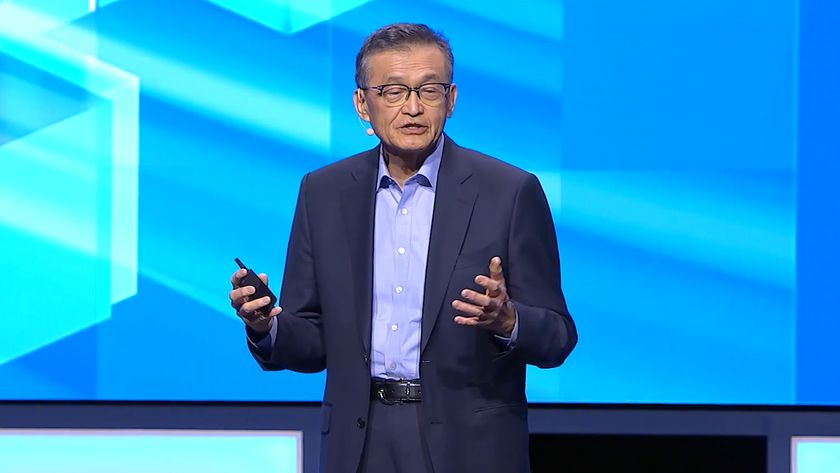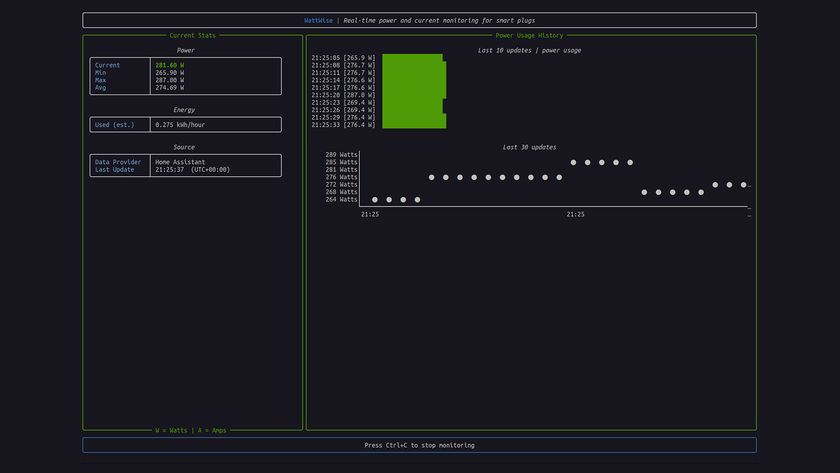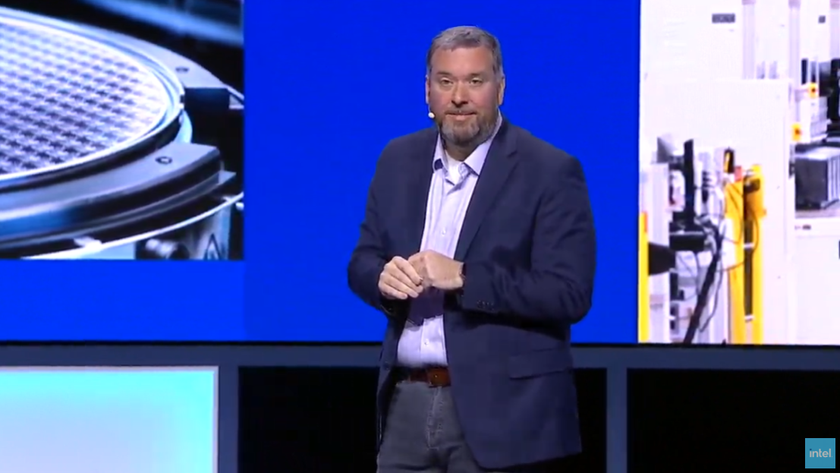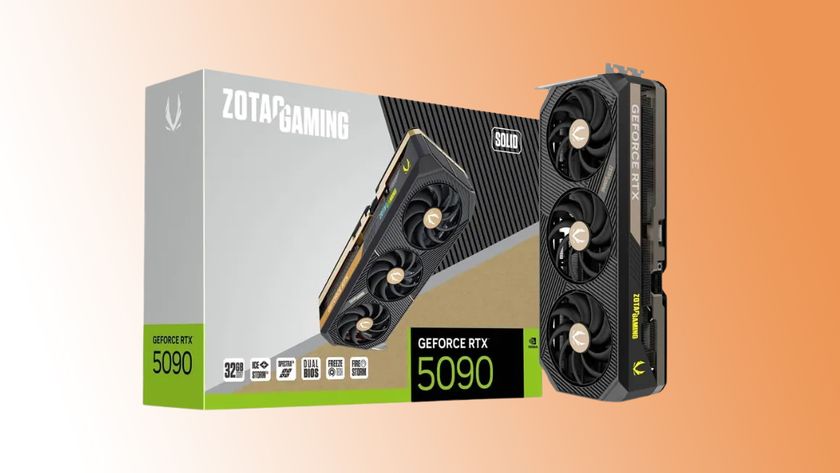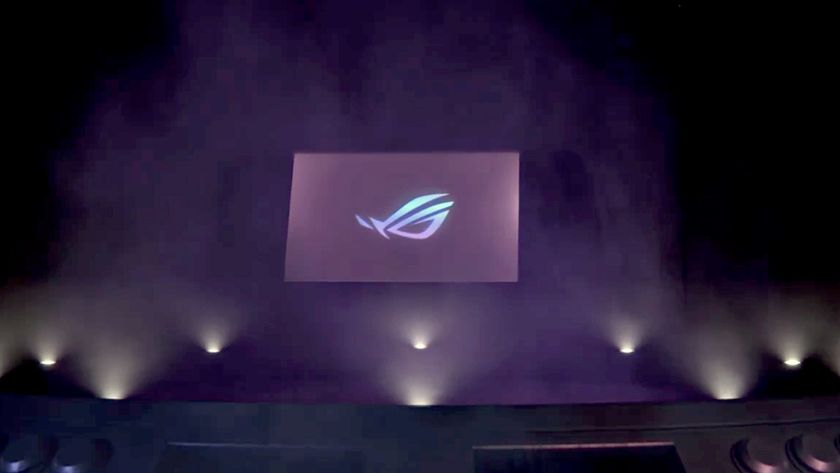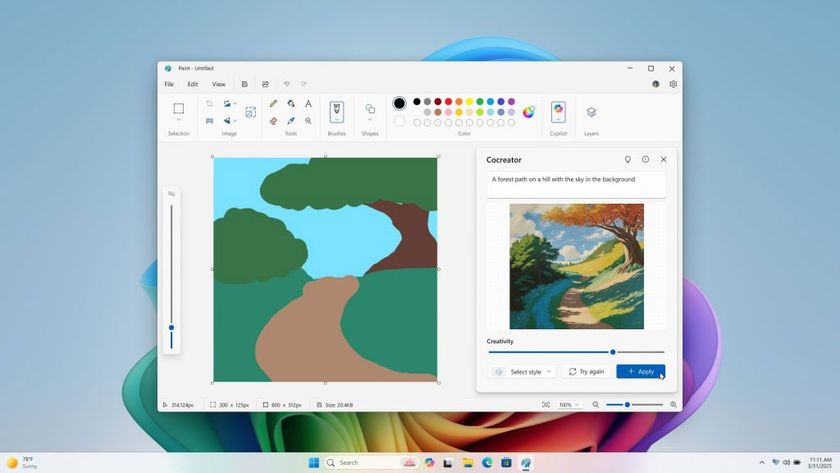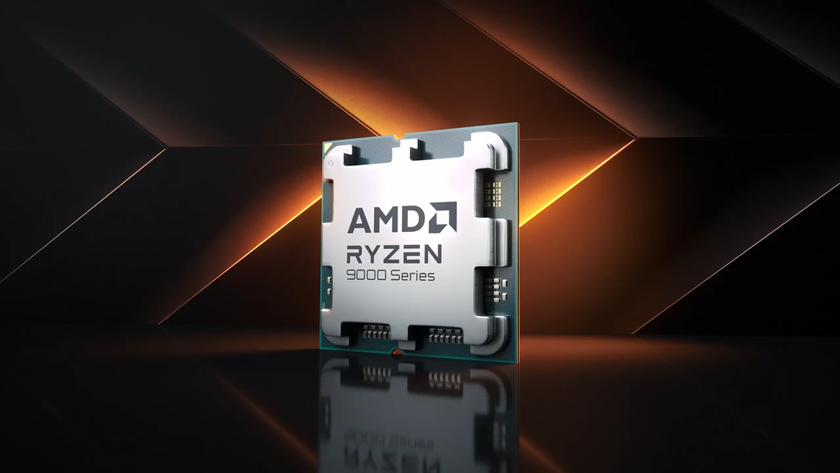Interview With AMD's Director Of VR, Daryl Sartain
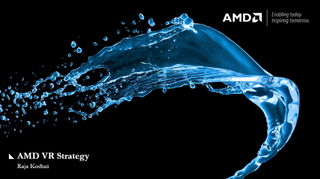
At CES 2016 I had the pleasure of moderating a panel called “What’s Under The Hood” hosted by The Immersive Technology Alliance at VR Fest, which was a one-day, VR-only event held during CES. That panel was notable because it had all three major CPU and GPU vendors -- AMD, Intel and Nvidia -- all talking about the technology powering Virtual Reality.
AMD was represented by Daryl Sartain, its Director of Virtual Reality and ITA VR Council Chair, and after the panel we got a chance to sit down with him and talk VR one-on-one.
Tom’s Hardware: In your position as Director of Virtual Reality, do you direct AMD’s overall strategy for VR?

Daryl Sartain: Well, to an extent yes. Our organization traditionally focuses on ecosystem-partner relationship management. In the case of VR, it’s an entire category so it’s more than just [managing] traditional partners, it’s [working with] a whole new set of partners, some non-gaming related. But also to the extent of strategy and working with our marketing teams…all of that is within my scope and responsibility.
Rift Pricing And VR-Ready Bundles
TH: The Oculus Rift’s price has been announced, and pre-orders have started, and certain OEMs [Alienware] have announced Rift Bundles with pre-configured VR-ready PCs. Interestingly, all the systems were Nvidia GPU-powered, and Nvidia also just announced its VR Ready program. Will AMD GPUs be available in these Rift bundles, and when do you plan on announcing a similar program to what Nvidia has?
DS: So we are [going to have VR-ready bundles], and that’s something that we need to go address with our OEM partners. We have systems with partners that are OEMs that are “Oculus Ready,” and we need to get that message out. We need to get whatever’s going on [as far as OEMs not announcing AMD-powered Oculus VR offerings] corrected. HP did have an announcement of a VR system with AMD GPUs [R9 390x].

[This year] 2016 is going to be a major year for Virtual Reality as first headsets start shipping to consumers. AMD will continue to expand our leadership position in the industry, working with partners across the entertainment, gaming, scientific, education and media sectors
Stay On the Cutting Edge: Get the Tom's Hardware Newsletter
Get Tom's Hardware's best news and in-depth reviews, straight to your inbox.
TH: With regard to these VR-ready bundles, there are supposed to be some upcoming announcements in February from Oculus about discounts available when you buy a bundle, and it seems like these initial bundles will all have Nvidia GPUs. We’re not sure if there will be AMD-powered offerings, too?
DS: We’re in discussion with both Oculus and HTC
TH: Do you have any official comments on the pricing of the Rift and how it may impact the growth of the VR industry this year, and how it may impact the sales of your GPUs? Graphics vendors such as AMD must be counting on VR to kickstart a new round of high-end graphics uptake.
DS: That’s a good question, but the direct answer is, no, I’m not going to respond regarding Oculus’s pricing or its pricing strategy. As an industry, what I can say is [that] we’re actually very, very excited about getting to this point where production starts with Oculus and with HTC.
I don’t want to sound like I’m judging their pricing strategy; as with any new technology, pricing is something that the market will very rapidly establish. So in all likelihood, if there is a pricing adjustment needed, Oculus, HTC -- those guys will see that as they go to market and they’ll adjust.
From our standpoint, yes, I think VR is something that is going to bolster the sale of discrete graphics going through 2016 and going into the following decade.
TH: And do you expect to see the popularity of VR drive down the cost of your high-end offerings?
DS: Yeah, so let me say it differently: We expect to see the popularity of VR drive up the sale of discrete graphics, and the natural market pressures and such are what would drive pricing from our side. If the volumes go up, then yes, I think the overall pricing is going to adjust to accommodate that. But again, I’m not going to quote on any particular model…but I will absolutely say that if the volumes go up, then the overall opportunity for pricing to come down is good.

Mobile GPUs For VR And Project Quantum
TH: Let’s talk about your next-gen architecture, Polaris, and the most popular form factor for computing today, which are laptops. Currently there are very few, if any, VR-capable laptops out there. Can we expect to see mobile GPUs that will be VR-ready this year?
DS: It would be nice if it was this year. My expectation is that it would be a bit of a struggle for true laptop- or notebook-based discrete graphic solutions to meet the VR industry bar that the [VR] headset vendors are setting. I think from their standpoint, they’re afraid of setting too low of a bar, meaning that the user experience is poor and whatnot. Yes, in time we’ll see mobile solutions addressing the VR market -- keep in mind, though, that some of that will come about because the notebook or mobile solutions increase performance and their power, and performance finally meet current established levels, but there’s also a lot of [VR] research going on.
[There are] people in this industry who are driving to put new IP in place, coming up with new software and new solutions that will actually potentially lower the processing requirements [for VR]. So there are different ways of addressing this market, is what I’m getting at. Some of them do it with creative software that still achieves the performance requirements, but enables a different category of silicon.
TH: At the show, Intel just announced its Skull Canyon SFF gaming PC platform, which I guess is using Iris Pro graphics and could potentially be hooked up to an external graphics solution for VR. Earlier in 2015 [at E3], AMD showed off something similar but more powerful, the Project Quantum PC that was showcased powering VR headsets. What happened to that? Wasn’t it a reference design for OEMs to potentially build Quantum PCs for the market?
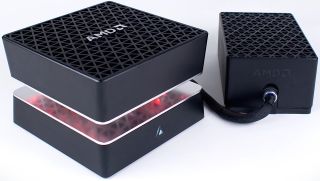
DS: There were a lot of thoughts behind that, and the industrial design received a great deal of interest across everyone we demoed it with, and honestly, there might still be some discussions with ODMs about manufacturing. When we develop things, generally, we develop those kinds of prototypes for a couple of reasons. One of those is for the traction -- it draws a lot of attention. But when we develop platforms, systems (I have an AMD notebook), we do it because it’s a requisite these days for us as a silicon vendor.
We can’t just say “here’s a new chip.” Twenty years ago we could. Today, you have to provide a full system to demonstrate that, in the case of a notebook, it’s meeting power, thermal, acoustics, you know all the elements of a true system. That’s also true of a desktop, but it’s usually just a graphics card or a motherboard with our CPUs [or GPUs] in them. So my view on the Quantum is, it served primarily, first and foremost, as a goal. And secondarily, it was just really cool-looking. Where it stands today, I honestly don’t know, because it’s a program I’m not directly involved with.
Liquid VR And Open Standards
TH: Will your upcoming VR announcements include anything new with regards to Liquid VR?
DS: We do have developments -- additional, ongoing developments around Liquid VR. When we first started talking about Liquid VR, it represented of a set of features that we had put into development in our APIs and SDKs. But over time it’s turned into a sort of roadmap of [VR] features. So there are additional Liquid VR “next round of features” that we’re employing or developing and putting into our software. Whether we will be prepared or when we’ll announce them, I don’t know. What I can safely say today is that Liquid VR as a message and as a strategy for us doesn’t go away. Hopefully, it simply grows; it gets enhanced as we go forward.

TH: Can you talk about the fact that Liquid VR is built off open standards, versus your competitor’s solution [Nvidia’s proprietary GameWorks VR]? What feedback have you gotten from VR developers and other people in the industry about your approach vs. the competition’s?
DS: That’s an interesting question. There are as many answers as there are people you ask, unfortunately. So our strategy over the years has typically been that we drive for open standards. Meaning if we develop something, an example being some of the first generation of Liquid VR features, many of which are now native in DX12, we see that as a good thing. It’s a good thing because from the ecosystem at large, developers have to make a choice, and the broader their opportunity, the better. So we drive aggressively for open standards, always.
I’m not going to talk on whether our competitors do or don’t [support open standards], but certainly when we talk with OEMs or platform guys, with the [VR] headset vendors, the ISVs, they’re all very positive and excited that supporting open standards is the direction that we’re taking. Do I realistically believe that’s always going to happen, especially early on in VR development? I think we talked a little bit about this at the ITA [panel we moderated] yesterday, that initial development ends up being very much an “I can do it and you cannot” type strategy, but the long term we hope that proprietary optimizations eventually become part of open APIs or SDKs. It’s when they don’t that they become harmful [to the industry].
TH: Right now we have the FreeSync versus G-Sync situation, and it’s frustrating for customers to deal with that.
DS: I agree, and FreeSync, as you can tell from its name, is open and free, and it’s a great technology and a great solution. In the case of FreeSync, it also has the advantage that it doesn’t add cost to the panel, and monitors vendors think that’s great. So you’re right, unfortunately, what that does is that as long as they are both existing out there, it puts the monitor vendors out there in the position of having to make a choice or supporting both, maybe. Ultimately, it’s the consumer that has to be aware of the two and understand the difference. That’s where I think it gets most problematic.
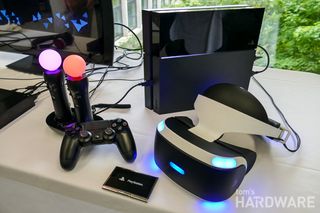
TH: Can you give us your thoughts on console VR [as in PlayStation VR]?
DS: What I will say, more in the category of AMD’s role in the VR Council, is that I think it’s a great thing. I’m not pro or con, positive or negative on phone-based VR. I think it meets and addresses a particular opportunity. I think console VR is absolutely an opportunity to get VR into the market. If we do this right, my belief is that the console VR I think can only be a positive opportunity for us on the PC front.
Meaning, the cost of entry for someone to take what they already have as a console and add a console [VR] headset -- I would expect that’s not a high barrier [to entry]. In the end, if that user base starts to understand and like VR, and has the opportunity to see PC-based VR, which is going to have higher performance potential, at least initially, it does one of two things: It drives up console sales, which is good for us [because AMD APUs power both the PS4 and Xbox One], or it drives up PC sales, [which is] also good for us. I see it as a positive thing either way. I don’t think [console VR] detracts from what we’re doing.
On Mobile VR
TH: Speaking of mobile VR, do you think it will eventually supplant desktop-based VR with mobile SoCs getting more and more powerful with each iteration?
DS: I hope this doesn’t sound too anecdotal: Soon after I started [at AMD], I was with the desktop team, so 10 or 11 years ago there were a lot of discussions both internally and in the industry, saying “So, you’re with the desktop team, that’s going to be gone in two years, right? I mean, with notebooks, no one is going to want a desktop.”
That was a genuine belief system back then. I haven’t looked at the numbers in a long time, but I know from that point until today, there has been a decline in desktop, but not a significant one – it’s been more of a slow decline in desktop annual sales, industry wide. But notebook sales skyrocketed, of course.
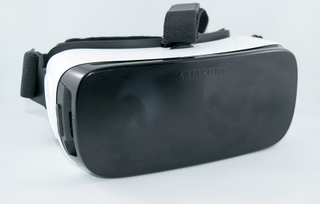
Where I’m going is that a new form factor, a new capability, does not in its own right mean the demise of something else. I have a cellphone, a notebook and a desktop computer. I use them differently. I also have at least two gaming consoles at home for my kids. So, do I believe the cellphone will take over --perhaps -- but I don’t see it happening any time soon. I personally don’t see it happening across the board, because I can’t use that size. I want my cellphone to do a number of things, today including gaming, but in no way does it include the level of gaming or user experience I have on my notebook or desktop.
By the way, I don’t expect my notebook to do that [gaming] either, because the burden to do that is loss of battery life.
It’s a choice people make, and I don’t think we’re at the point where people are choosing to go away from something entirely. Especially if there’s a new feature like VR. I think VR is going to resurrect [desktop PC use] to some degree, reinvigorate interest in a high-performance system at home, something that many people have gone without for a very long time. And one last point is that if VR was explicitly just for gaming, then I think many households would have little interest in it. I think we have an opportunity if we get the right user experience or apps to put performance PCs into households that today don’t have them, so I’m excited about it.
API Showdown
TH: Can you give us your thoughts on the differences between using Vulkan versus DX12, and also what’s happening with Mantle with regards to VR?
DS: I view Mantle as something – because we did a lot of contribution to the features into DX12 – that has been spun into DX12 in so many ways. But to your question on Vulkan versus DX12, without getting into all the religious aspect, what I said yesterday [on the VR Fest panel] is that I think that both serve a need and add value. Can you make an argument that one is better than the other? You can make an argument about anything. Just bring a lawyer into the room [laughs].
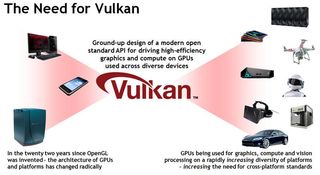
But I do believe that, and what I most am concerned about is our ISVs, the ISV community, where they gain the greatest benefit. You know, there are some people developing on Linux, all different flavors of life – so it’s a difficult question as to which [API] should we be focused on, which one is better. My opinion is that Windows as a platform, as an OS, is far better and far more evolved today than some of the previous generations, and that’s to be expected. DX12 and its integration into Windows is a great experience, is a great development environment, and has great compatibility. Does that mean that Vulkan doesn’t have a place? No. I think that answer really has to come from the development community, not from us.
TH: Before we end things then, do you have anything to add?
DS: I think my goal and my objective is that AMD is going to make a very strong comeback into the development community and into the market this year with VR, and with our new platforms, which we will be talking about as the year evolves.
-
Oldbutstillatit I so desperately want AMD "back" in the GPU game as a more serious competitor to nVidia. I'm not a "fanboi" of either but, it would sure help "us" the consumers, if there was a more level playing field. Maybe even a surprise upset likes days of old?Reply
Anyway you slice it a stronger AMG GPU offering is good for "us". -
rush21hit imho, AMD's GCN did quite well for so long. The only losing ground is efficiency at given price-performance. But the way I see it, VR is like 'look what we can do now' stuff.Reply
VR on PC is still very expensive and thus makes it quite exclusive. But that's understandable for early adopters. VR truly is the future for GPU tech will lenient on. Do it right, and it will pay off for either nVidia or AMD for the long run.
I hope I'm not dead if someday if this VR tech ever gets popular and cheap enough plus with great content. I want to experience it too *droll like every poor joes out there :3 -
alextheblue ReplyI hope I'm not dead if someday if this VR tech ever gets popular and cheap enough plus with great content. I want to experience it too *droll like every poor joes out there :3
I'd pay $2000 for a working NerveGear. Even with permadeath turned on! :D -
-Fran- Amazing Interview on Toms part!Reply
Great answers from Mr. Daryl as well. I would have liked for Toms to have pressured a bit more on the DX12 vs Vulkan question, since AMD is going for "open standards", but pissing off MS is not in their best interests either, I guess.
I also hope and realistically expect VR to take off. The technology *is here* to make it happen with the standards people want to see, to a price point where a lot of people can actually reach (not cheap, but you don't need to be a millionaire).
All in all, good questions and great answers. Thanks a lot for this.
Cheers! -
BulkZerker ReplyI so desperately want AMD "back" in the GPU game as a more serious competitor to nVidia. I'm not a "fanboi" of either but, it would sure help "us" the consumers, if there was a more level playing field. Maybe even a surprise upset likes days of old?
Anyway you slice it a stronger AMG GPU offering is good for "us".
Thinking they aren't is The reason they aren't. Depending on the time of the year AMD or nVidia has the best GPU at any given price point (save for car down payment priced ultra lux high end cards like titan) AMDs problem is their competitor pushing closed source instructions and features and having developers use said items. AMD has had to make workarounds for this on both fronts for years now. -
Grab_Boyd Reply17396156 said:I so desperately want AMD "back" in the GPU game as a more serious competitor to nVidia. I'm not a "fanboi" of either but, it would sure help "us" the consumers, if there was a more level playing field. Maybe even a surprise upset likes days of old?
Anyway you slice it a stronger AMG GPU offering is good for "us".
Well, you need to support them by buying their h/w, which is what I have been doing for years, even when it sometimes isn't the most "popular" option, as long as it is good enough. And most of the time it is.
